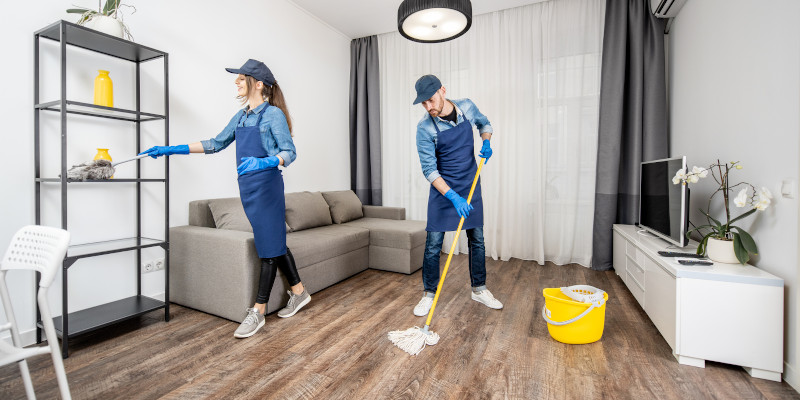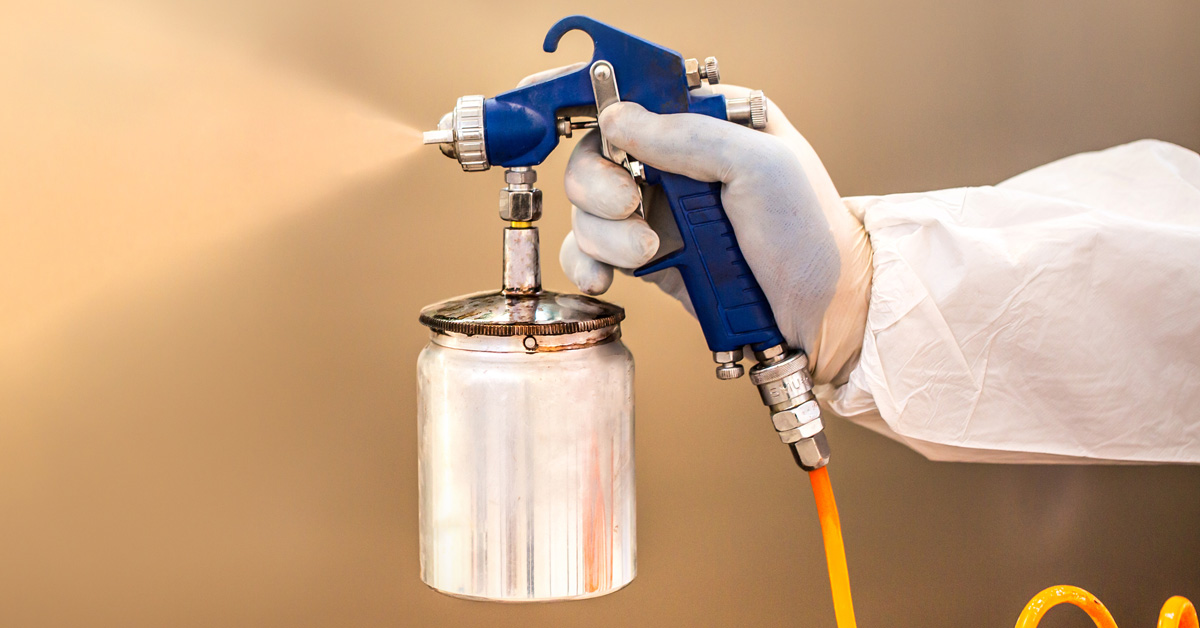Cleaning Products: Friend or Foe?
 For good reason, we are often conscious of the quality of food that we consume and with maintaining an active lifestyle, but what about ensuring we have the healthiest, cleanest air to breathe inside our homes? We can live a few weeks without food, a few days without water, but only a few minutes without air. With indoor air pollution levels weighing in at around 5-100 times higher than outdoor air, it is paramount that we make healthy selections on the products we use inside our homes. Much like water, which can be either a source for life or a cause of death, cleaning products, can either be a source of clean air or a source of indoor pollution, depending upon your choice of product. For example, a conventional cleaning product may well take away the dirt, but can leave a chemical residue and/or offgass in its place. My philosophy is “if nature put it there, nature can take it away again”. However, getting past the decades of conditioning predominantly since the 1950’s of “if it doesn’t burn it off, it doesn’t work” mind-set can be difficult for society to embrace and adopt. After all, the world was flat right? It is up to you whether you decide to stick with convention or go out on a limb and trust the idea that you can have a beautifully clean home using products that won’t put you in the emergency room.
For good reason, we are often conscious of the quality of food that we consume and with maintaining an active lifestyle, but what about ensuring we have the healthiest, cleanest air to breathe inside our homes? We can live a few weeks without food, a few days without water, but only a few minutes without air. With indoor air pollution levels weighing in at around 5-100 times higher than outdoor air, it is paramount that we make healthy selections on the products we use inside our homes. Much like water, which can be either a source for life or a cause of death, cleaning products, can either be a source of clean air or a source of indoor pollution, depending upon your choice of product. For example, a conventional cleaning product may well take away the dirt, but can leave a chemical residue and/or offgass in its place. My philosophy is “if nature put it there, nature can take it away again”. However, getting past the decades of conditioning predominantly since the 1950’s of “if it doesn’t burn it off, it doesn’t work” mind-set can be difficult for society to embrace and adopt. After all, the world was flat right? It is up to you whether you decide to stick with convention or go out on a limb and trust the idea that you can have a beautifully clean home using products that won’t put you in the emergency room.
Imagine yourself in the cleaning product aisle at your favorite store. On the shelves you see many products with dazzling colors and tempting phrases such as “sparkling clean”, “non-abrasive”, “effective” and perhaps you even see the phrases “all-natural”, “non-toxic”, and “environmentally-preferred”. The choices are so many that you may easily find yourself confused, so you start looking at the prices and I’ll bet you’ve even taken some of those products off the shelf and unscrewed the top to give them a good sniff (you know who you are).
So which products should you choose? Don’t leave it to chance, price or smell. Instead, arm yourself with some useful information to help narrow that search and make a selection that makes good healthy and clean sense. Consider the following tips during your next visit to the store:
READ THE LABELS, ESPECIALLY ON THE BACK.
1. Is there a way of contacting the company with concerns and feedback? A toll-free number and/or website to contact should be present.
2. Beware of the disclosures “WARNING” “CAUTION” AND “DANGER”. If it is necessary to warn the consumer, it may not be the safest product to select.
3. There should be clear instructions on how to use the product for best results.
4. Is there any symbol to indicate “no animal testing”– ideally look for the leaping bunny symbol which is a known standard.
5. There are no regulations for the term “Natural” along with some other terms. Organic, Environmentally-preferred etc can be used without much policing, and because they are popular at present, they can and do show up on labels. Look at the ingredients– I’ve seen products that claim to be “eco” and still contained chlorine bleach!
KNOW WHAT IS IN YOUR PRODUCT.
1. Try to select products which have their ingredients listed.
2. Chose products that are plant-based, which means they will biodegrade.
3. What’s NOT in the product is just as important as what is. Look for the following:
NO Parabens,
NO Petroleum,
NO CFC’s
NO synthetic materials and/or fragrances
Anything you suspect may be unhealthy, research it.
4. Natural doesn’t always mean safe! Example, silica is natural, but is a suspected carcinogen and found in some products on the shelves touting to be a safer, eco-friendly choice.
PACKAGING.
1. The packaging should be made from recycled and/or recyclable plastic ideally. Look for the recycle symbol, normally on the bottom of the bottle.
2. Selecting a concentrated product reduces the size of the container, making it a more eco-friendly choice.
3. Selecting a product that offers refill pouches helps reduce packaging even further. Less transport, less waste, overall a better choice for the environment.
4. Ease of use. The product should have an easy-to use dispensing system, perhaps a trigger spray or a squirting bottle, measuring cap, etc.
5. NO aerosols. These are not good for the ozone but also put out finer particles making it easier for you to breathe into your body.
6. Size matters. This will depend on your family and how much product you will be using. You don’t want to buy a size too small due to more packaging use, but also if you purchase something too large, it may not remain effective during it’s time spent in your cupboard as the more natural products tend to have a shorter life span since there are no chemicals to preserve them.
THE RIGHT ACCESSORIES AND EQUIPMENT.
1. Microfiber Cloths. These are a wonderful product. They are designed to attract dirt and bacteria and hold it in. They also reduce the need for any product at all. For light maintenance, you can get away with just plain old H2O!
2. Microfiber Mops. Again, these reduce the use for product, but believe it or not, a study showed the microfiber mop used with water was more effective at bacteria removal than a traditional mop with bleach! In part, this is owing to the fact that they leave less wetness post application and less likely for mold, bacteria growth. The other benefit is the head detaches and can be washed making it more hygenic.
3. Scouring pad/sponge. This can lend a helping hand in reducing elbow grease and product use, plus can provide an overall better result, but be careful on delicate surfaces and always test first! Pumice Stone. This is a great tool for the removal of those rings you find in the toilet. Rather than using something harsh, you can rub with a WET pumice stone to remove those hard water rings.
4. Bucket. Mixing up your solution in a bucket can help reduce the amount of product and water required to get a job done, plus reduces your time and effort of having to continually return to the sink.
5. Duster. These come in microfiber, feather, and lambswool. Choosing one on an extendable pole means you can get to cobwebs, plus you can detach the head and use on your eye-level things. Again, this tool will help you to eliminate product use and is best used for light maintenance and not necessarily heavy dust build-up.
6. A High Filtration Vacuum. This will help minimize the amount of dust going back into the air in your home, and therefore reduce your maintenance and of course will improve the air quality.
WHERE TO SHOP.
1. Check out the natural section in your local grocery store as well as the healthier food stores around.
2. Online can also be a great place to buy green cleaning products while simultaneously allowing for research.
Hopefully these pointers will assist you with selection during your next visit to the cleaning product aisle. However, product selection is merely the first step. Next, you will need to put them to the true test for their efficacy once you get them home. This will be a process that you will be able to fine tune to the way that you use your home and for the types of finishes and furnishings you have within it.
For many, much time is spent in the home. It is where we sleep, eat, and relax as well as a place that holds memories and many treasured belongings. As the saying goes… Home is where the heart is, but it should also be where your health is.









































